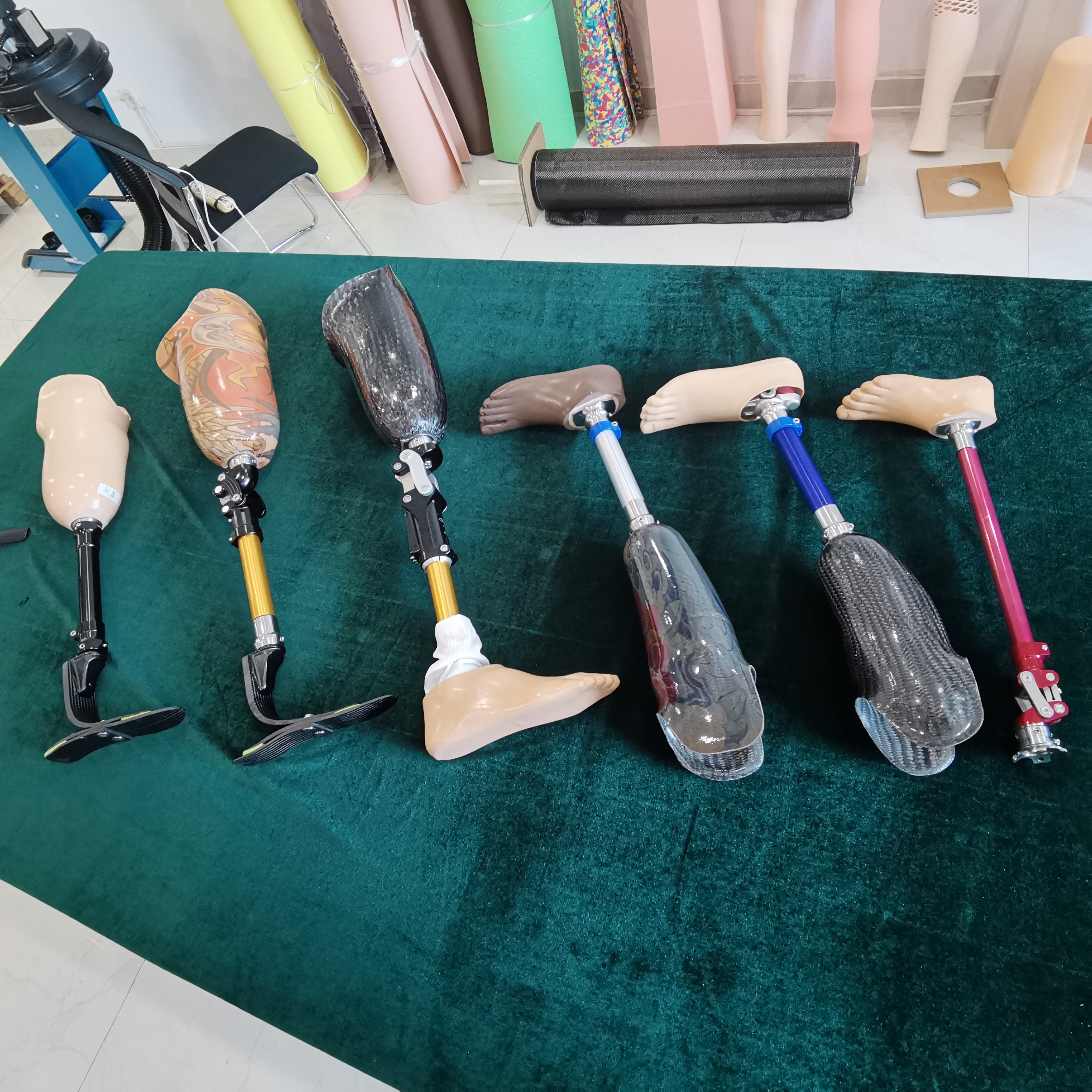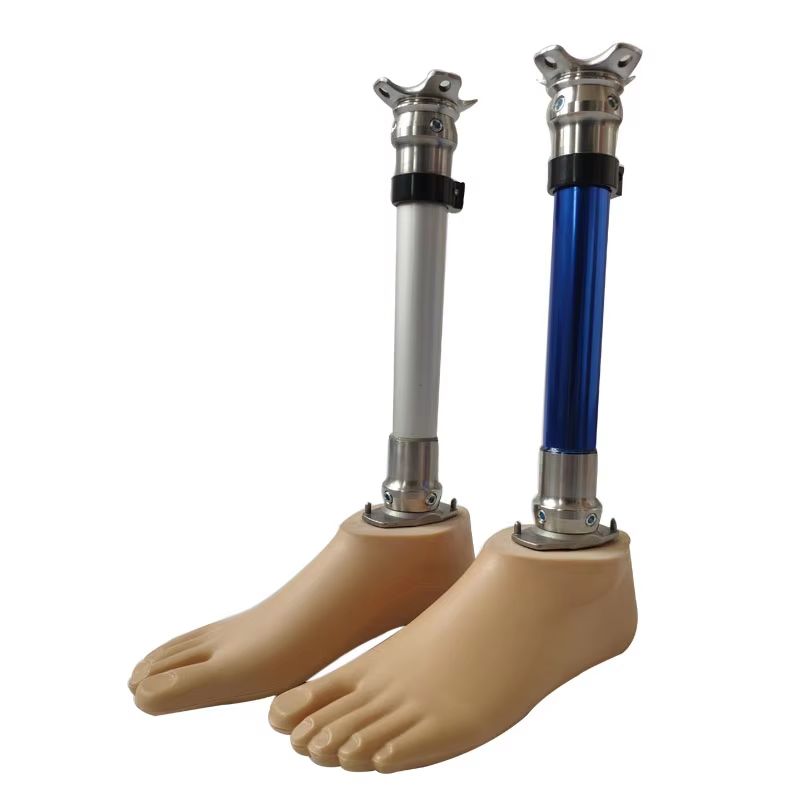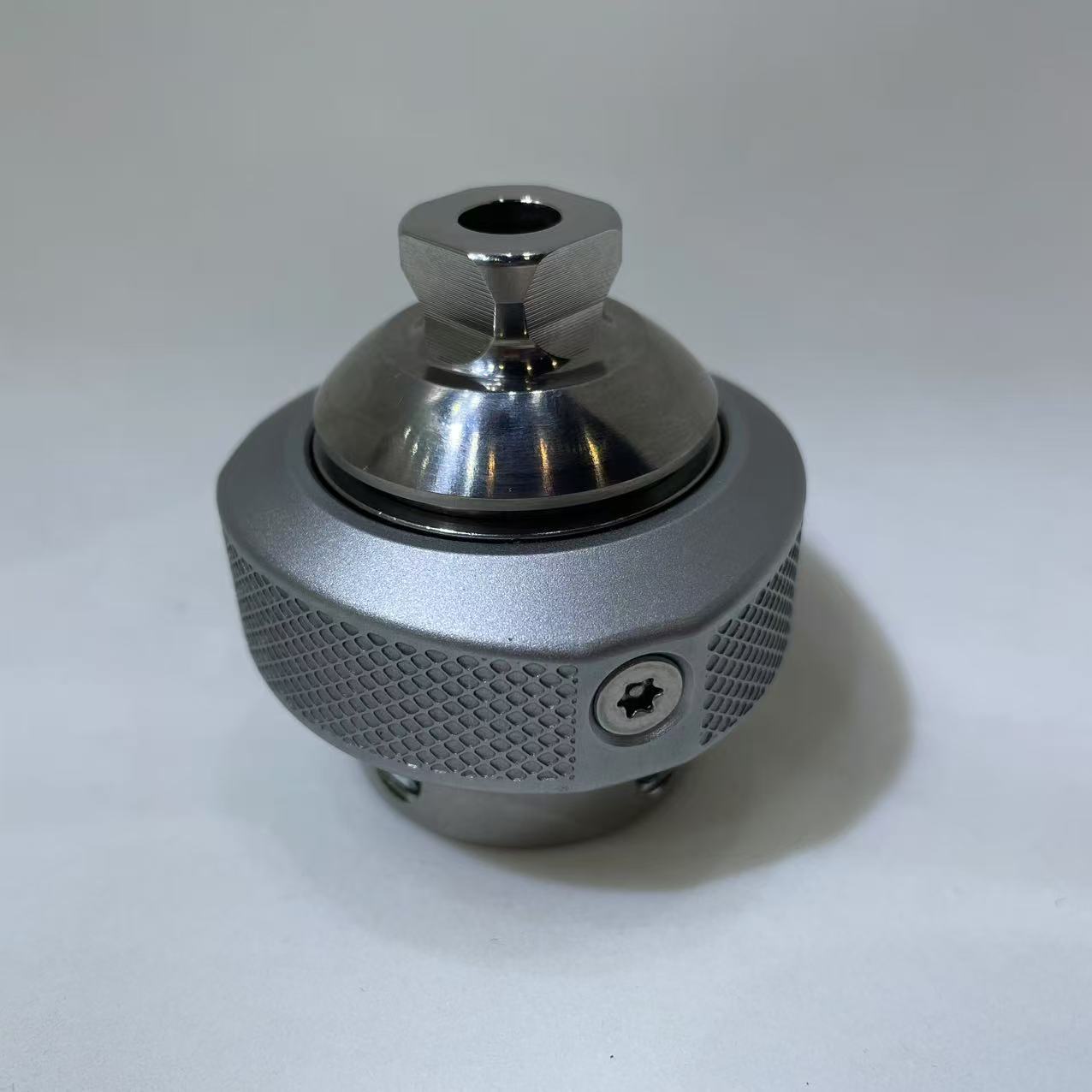Understanding Prosthetic Leg Joints: A Key Component in Mobility Solutions
Release Time:
Apr 10,2025
Prosthetic leg joints are vital components that enhance the mobility and independence of individuals who have undergone amputation. These joints serve as the connection points within a prosthetic limb, allowing for natural movement and weight-bearing. A well-designed prosthetic joint not only mimics the function of a biological joint but also adapts to the user's specific needs. There are several
Prosthetic leg joints are vital components that enhance the mobility and independence of individuals who have undergone amputation. These joints serve as the connection points within a prosthetic limb, allowing for natural movement and weight-bearing. A well-designed prosthetic joint not only mimics the function of a biological joint but also adapts to the user's specific needs.
There are several types of prosthetic leg joints, each designed for different levels of amputation and activity. For transfemoral amputees, knee joints are essential. These can be categorized into mechanical, hydraulic, and microprocessor-controlled joints. Mechanical joints are simple and durable, providing basic functionality for walking. Hydraulic joints offer more fluid movement and can adjust to varying walking speeds, while microprocessor-controlled joints use advanced technology to analyze the user's gait and adjust accordingly, providing a more natural walking experience.
For individuals with transtibial amputations, the ankle joint is critical. Prosthetic ankle systems can be passive, allowing only basic movement, or active, providing propulsion and shock absorption. The choice of ankle joint significantly influences the user’s mobility, especially during activities such as walking, running, or climbing stairs.
The importance of prosthetic leg joints extends beyond mere mobility. They significantly impact the user's comfort, stability, and overall physical health. Proper alignment and functionality of these joints can prevent secondary complications, such as back pain or joint stress in the remaining limb. Additionally, advancements in materials and technology have led to lighter, more durable joints that enhance the user's experience.
Moreover, the psychological aspect of using prosthetic limbs is profound. A well-functioning prosthetic leg joint can improve self-confidence, allowing users to engage more fully in social and physical activities. The ability to move freely can lead to a better quality of life and greater participation in community and family events.
In conclusion, prosthetic leg joints are an integral part of modern prosthetic technology, providing essential support and mobility to those with lower limb loss. Ongoing advancements in engineering and materials science continue to improve these devices, making them more efficient, adaptive, and user-friendly. Understanding the various types of prosthetic leg joints and their functions is essential for healthcare professionals, caregivers, and users alike, as it fosters informed decisions and promotes better outcomes in rehabilitation.
Keywords:
You Can Also Learn More About Industry Trends







